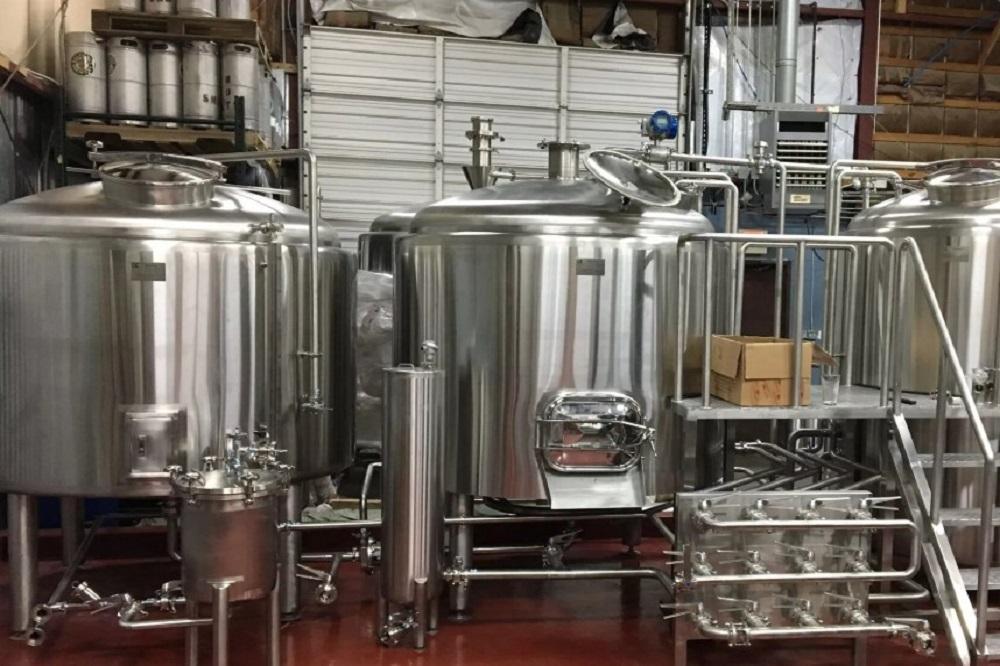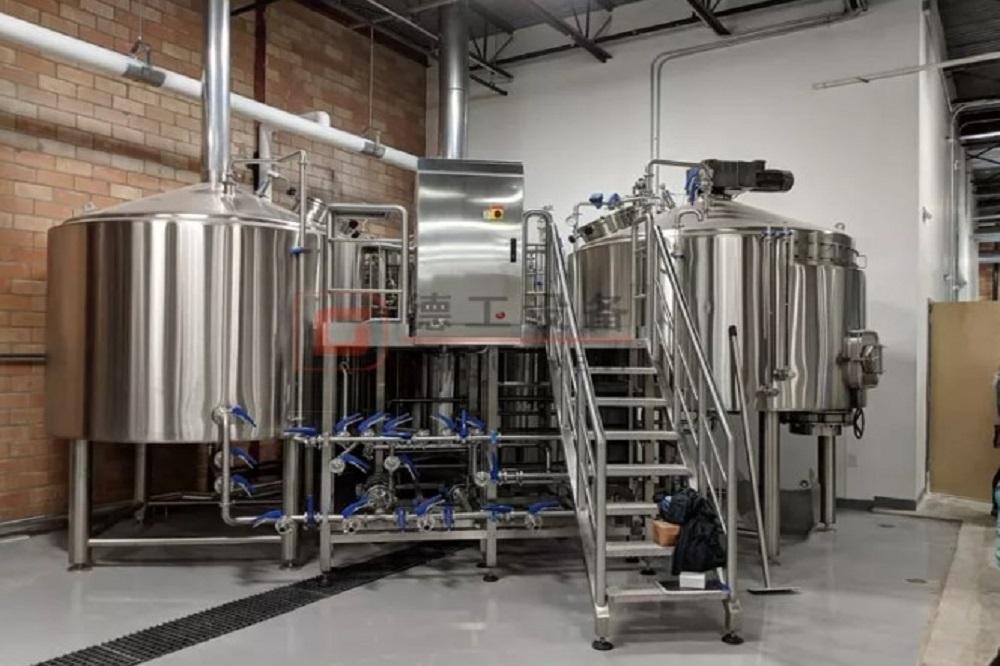Whatarethebestwaystochoosebeer equipment?

There are many friends who make home-brewed beer, and so it has become a must to know about home-brewed beer equipment. With the peak season for home-brewed beer consumption about to begin, I intend to start my own business. How do you choose self-brewing beer equipment that suits you best?
1. From a financial standpoint
When many friends learn about self-brewed beer equipment, the first thing they ask is about its price. This is to find out if the price of the equipment is within their tolerance. When you find the XXXBrewery Equipment Installation that suits you, it is okay to surpass your expectations. But this does not mean selecting expensive equipment or choosing cheap equipment directly.
2. From a daily output perspective
Several of my friends don't know how large-scale and daily output they plan to produce; Here I will explain how to calculate the daily output. Taking 500L self-brewed beer equipment as an example, the fermentation cycle of self-brewed beer is calculated over 7 days. If you choose 3 fermenter
tanks, the daily output calculation method is: 500L (fermenter volume) × 3 (number of fermenter tanks) ÷7 (fermentation cycle) = 214 L/day (daily output).
When you calculate your daily output, isn't it easier to select self-brewed beer equipment based on your own situation?
3. Considering the variety of beer made by self-brewers
Some friends who are bar owners want to operate a variety of self-brewed beers, so when choosing selfbrewed beer equipment, they should consider adding more fermentation tanks, so that there will be no shortage of alcohol.
There are some friends who just want to operate on a small scale, so they can choose one or two popular self-brewed beers, and change the types of self-brewed beer periodically.
4. Assessing the operability and practicability of self-brewing equipment
Most friends who have heard about self-brewed beer equipment do not know how to make beer, let alone how to operate it, so the ease of operation and practicability of the equipment are very important to me. We can design self-brewed beer equipment that has a small footprint and is easy to operate, resulting in convenience for users.
5. Choosing equipment that is of high quality for self-brewing beer
After reading these few accidents, you'll understand the importance of beer equipment quality.
(1) A customer bought beer equipment from other companies before. Due to the price, quality was not very good. After using it for a short period of time, it was discovered that home-brewed beer was always problematic. According to the investigation, the inner tank wasn't polished to the level of the mirror, and the cleaning wasn't thorough enough, which led to the growth of bacteria and contaminated the wine.
(2) This customer is greedy for cheap. The home-brewed beer equipment he bought is not made from food-grade stainless steel. A rusty smell always emanated from it. Later, it was discovered that the inner tank was rusted and was not functional.
(3) There is also a customer who chooses second-hand equipment, and there are frequently minor problems, such as poor temperature control or a malfunctioning refrigerator. Therefore, not only is it time-consuming and energy-consuming, but also it slows down production and delays business.
The quality of self-brewed beer equipment is very important, so don't underestimate it. The goal of every home brewer is to choose beer equipment that is good quality and affordable.
What is the best way to maintain beer equipment?
Increasingly, people are entering the craft beer industry as a result of the growth of craft beer. After purchasing beer equipment, I am not sure how to maintain and maintain it. In order to extend the service life of your beer equipment, I would like to share with you the daily maintenance and maintenance of beer equipment.
Equipment maintenance on a daily basis
1. If the beer equipment is not in use for a long time, thoroughly clean it before stopping it. After the water flows out, close the valves and cover the ports with sterile cotton.
It is important to thoroughly clean the beer equipment prior to restarting it after an extended period of inactivity.
It is necessary to regularly check the wiring and grounding of every motor and pump; to add lubrication oil to the motors according to instructions; to avoid running the pump idling or in reverse; and to replace the pump seal in time if there is a leak.

3. Frequently check if the hopper of the pulverizer contains foreign objects and impurities; check if the fasteners of the pulverizer are loose; ensure that the drive belt of the pulverizer is tight and that the safety protection device is firm; periodically clean the grinding roller.
4. The sieve plate must not be damaged when the beer equipment is not in use, nor should heavy objects be placed on the sieve plate when not in use, which will cause the sieve plate to deform.
5. Whenever any leaks are found, repair or replace all pipeline valves immediately.
6. When the beer equipment is shut down for maintenance, the power should be cut off and a warning sign should be hung.
7. Frequent check of the status of the electronic temperature instrument. If the temperature needs to be corrected, the thermometer can be used to calibrate the temperature. Get more info about Commercial Microbrewery.
A large manufacturer of beer brewing equipment with headquarters in China, DEGONG has successfully completed over 100 projects in over 67 countries ranging in size from 5BBL to 100BBL and 50L to 100HL. We specialize in beer equipment, beer fermentation equipment, and beer bottling machines, beer keg filling machines, beer filter machines, wine production equipment, and wine fermentation.
